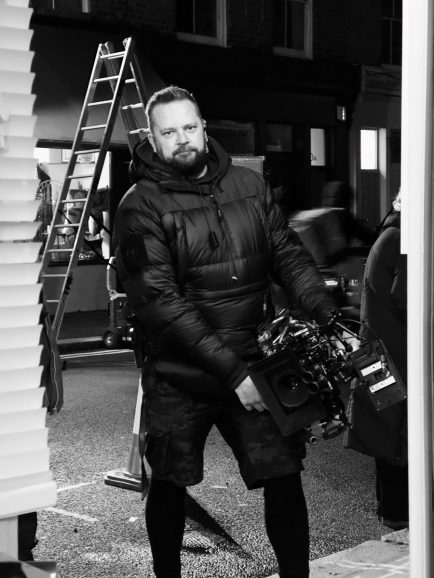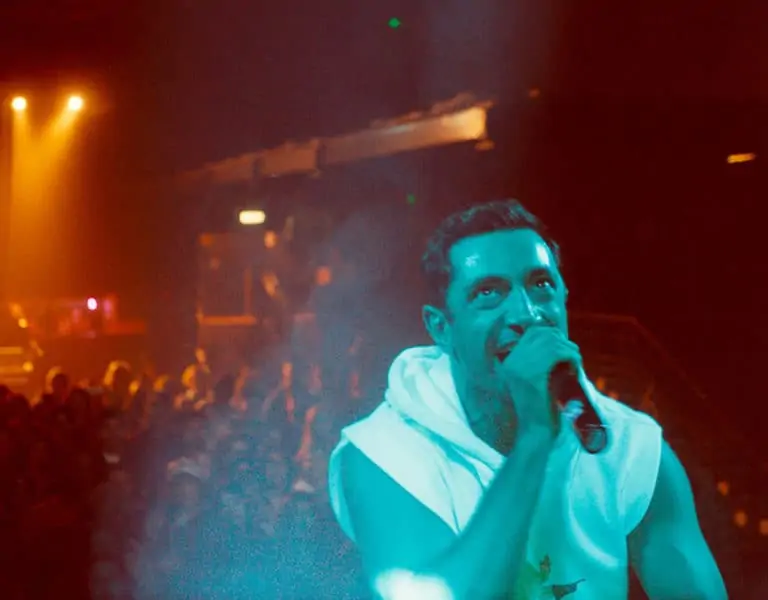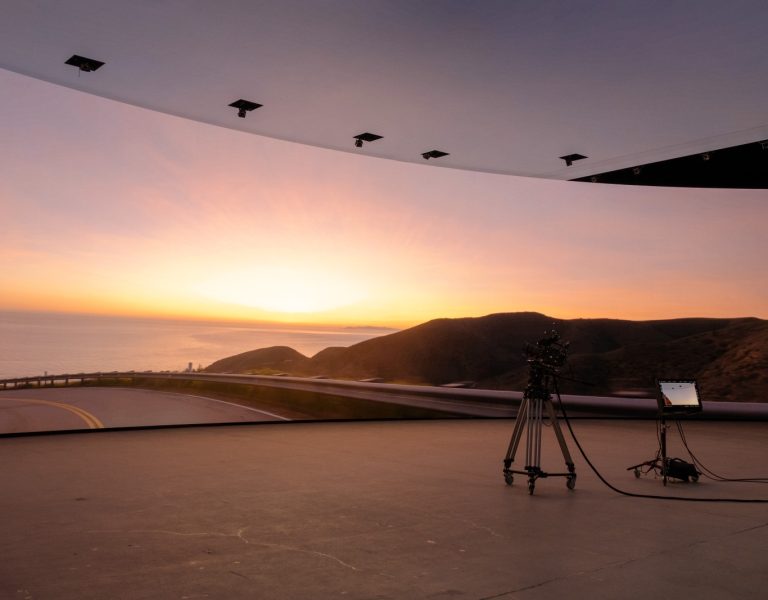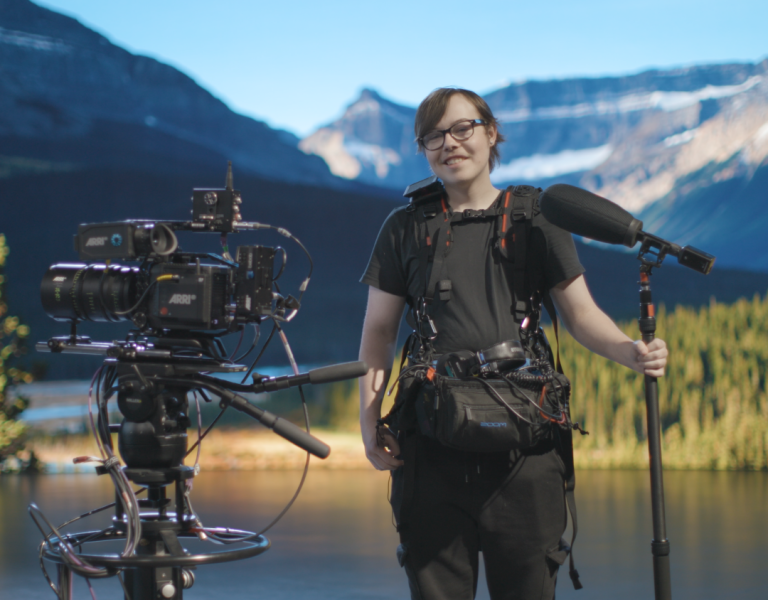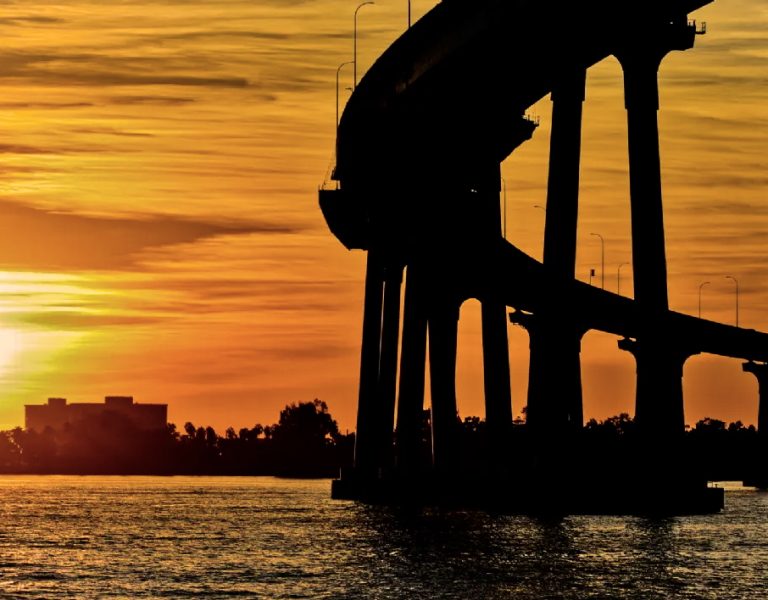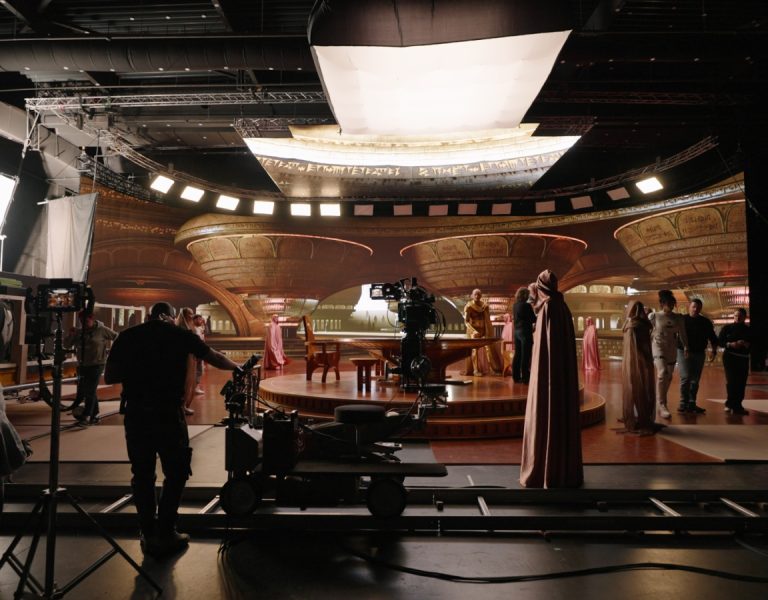FEAR AND LOATHING
Cinematographers Krzysztof Trojnar and Annika Summerson BSC have been blown away by the runaway success of their latest TV project, Baby Reindeer.
Baby Reindeer: two sinister words which once struck fear into Richard Gadd. Now, they’ve been triumphantly reclaimed by the British comedian, first for his one-man stage show and most recently for his breakout Netflix drama. Telling the tumultuous true story of his experiences with a stalker called Martha, Baby Reindeer – which takes its name from the woman’s nickname for Gadd – grapples with themes of obsession, sexual assault and trauma in a genre-bending narrative which oscillates from black comedy to true crime thriller.
“A few months ago, we were worried how many people were even going to watch it,” confesses block one DP Krzysztof Trojnar (Netflix’s 1899). Fortunately, the show-makers’ fears were unfounded; at the time of writing, Baby Reindeer has achieved 84.5 million views and an unimaginable level of public interest, which has led to the identity of the ‘real Martha’ being revealed on a television chat show following a frenzied investigation from online sleuths.
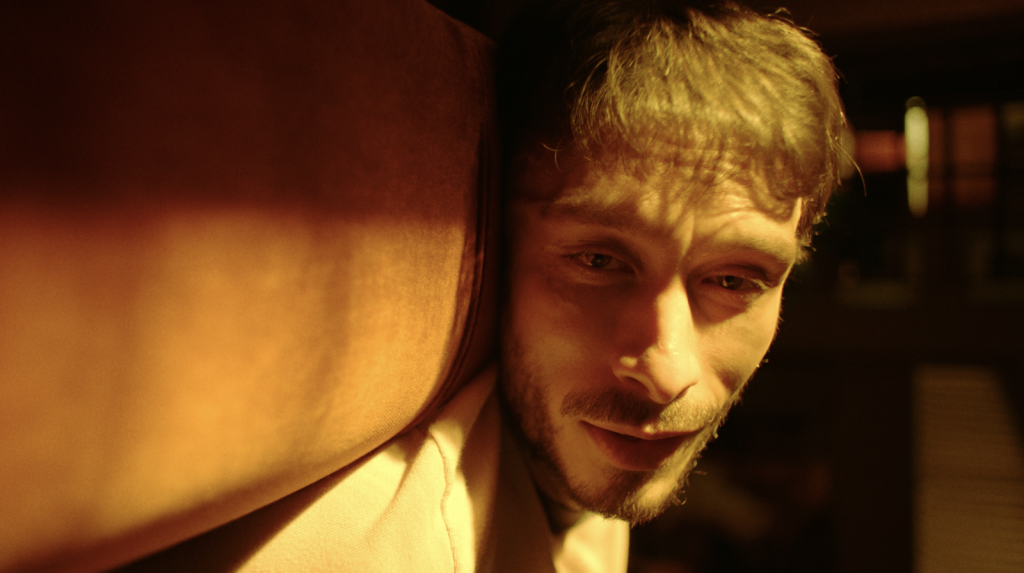
While Trojnar may not have foreseen the show’s surprise success, he knew he’d landed a stellar script. “I don’t think I’d read anything like it before – of such character intensity. It was very engaging and I was so into how this [relationship] develops between Donny (Richard’s character) and Martha,” he says. “It felt so interesting, but we had no idea it would blow up so much.”
Trojnar, like his block one director Weronika Tofilska, hails from Poland and the pair had first met at Katowice’s Krzysztof Kieślowski Film School before studying their respective crafts at the UK’s National Film and Television School (Trojnar a few years after Tofilska). Baby Reindeer marks their first TV project together. “We were on the same page from the start,” remembers Trojnar. “Our vision for the look was led by the narrative and the first-person point of view, and we wanted to keep it as subjective as possible.”
The DP discovered his choice of ARRI DNA lenses to pair with the ARRI Alexa Mini LF was ideal for creating this subjectivity. “They were perfect because they have this thing where the focus and resolution falls off to the edges,” he notes. We were doing all these central compositions and being so close to Donny, so I loved how the image was falling off from the centre.”
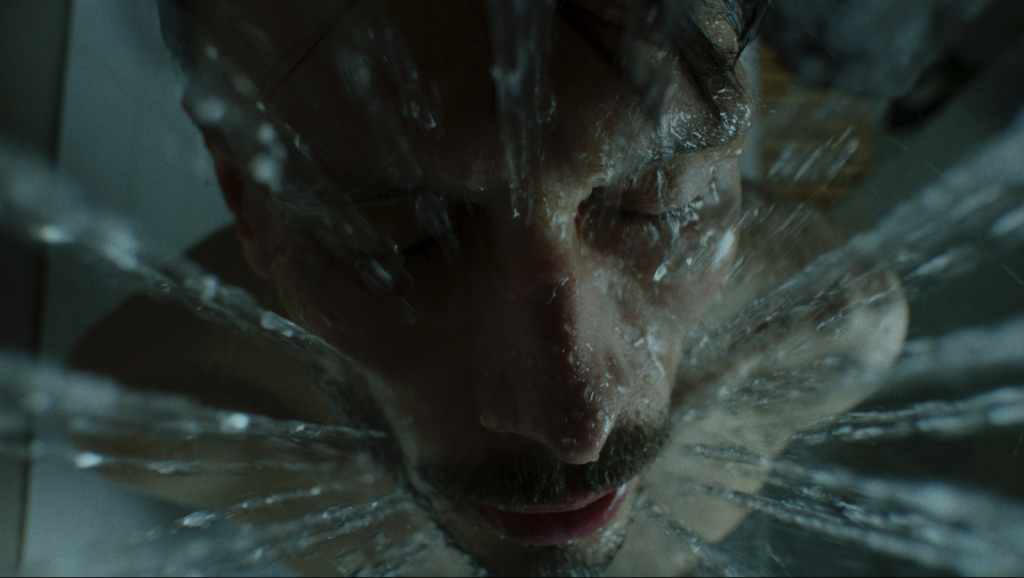
A similarly subjective approach was taken to camera movement. “Whenever we are with Richard (Donny) in the real-time narrative, we’re attached to him as much as we can. It’s about being close to him rather than stepping back and watching it objectively. Actually being in the story rather than looking in from the distance. In the voiceover sequences, the camera was a bit more autonomous and becomes this narrative tool.”
Trojnar’s inspiration for the immersive camera movement was taken from Gadd’s one-man show, where he first told the public about his ordeals with not only Martha but an older male theatre director called Darrien who had sexually assaulted him. Although the cinematographer hadn’t been able to see the affecting play for himself, he had listened to an audio recording. “It had this very particular rhythm and intensity, which was an inspiration for both the camera movement and the intensity of the storytelling,” he adds.
When discussing his influences, Trojnar also mentions Baby Reindeer’s tragi-comedy similarities with Trainspotting, although points out that the film wasn’t a direct reference for the look. “It was all about being with Donny and making him the centre of the attention by placing him at the centre of the frame,” he explains.
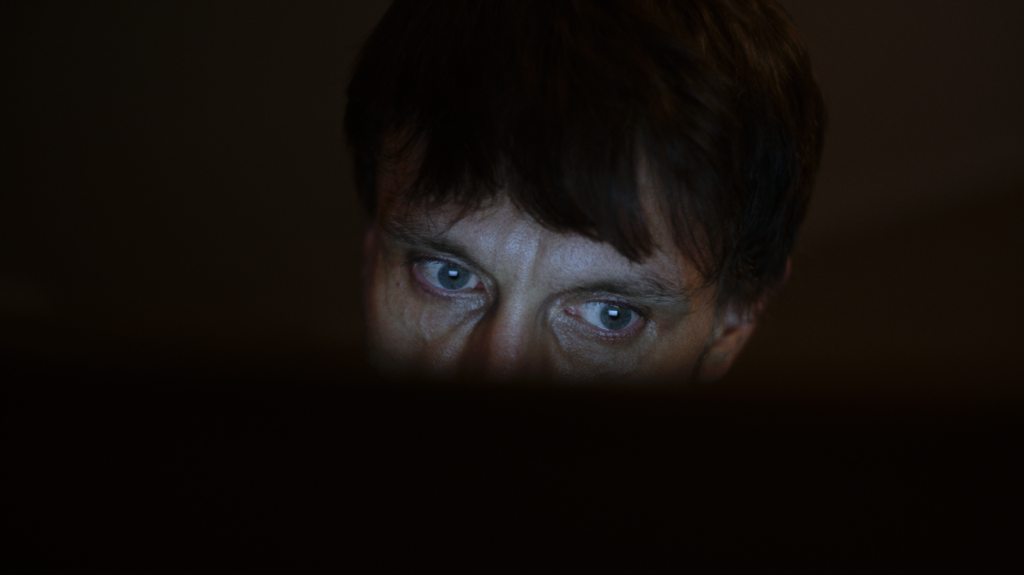
Heart of the community
Donny is working at the Hawley Arms pub in London when he first encounters Martha. Trojnar and Tofilska had wanted this to be a set build from the start but faced with budgetary restrictions, they scouted what felt like “pretty much every” London pub. Eventually, they found a bar that could work with some adjustments, but after doing the sums, production came back and admitted that building the pub as a set would be cheaper.
“We always wanted to do these Steadicam passages and move with Donnie as he walks behind the counter. When we were scouting pubs, they just didn’t have that photographic perspective on things,” Trojnar explains. “There were other practical reasons like lighting and having control – it’s not that easy to just use a location in the middle of London with a narrow pavement.”
Another set build was the flat where Donny meets the predatory theatre director Darrien. While the vast majority of the show is shot on a 35mm lens, Trojnar opted for wider lens for this set. Here, Donny and Darrien experiment with increasingly more powerful drugs as the comedian is groomed.
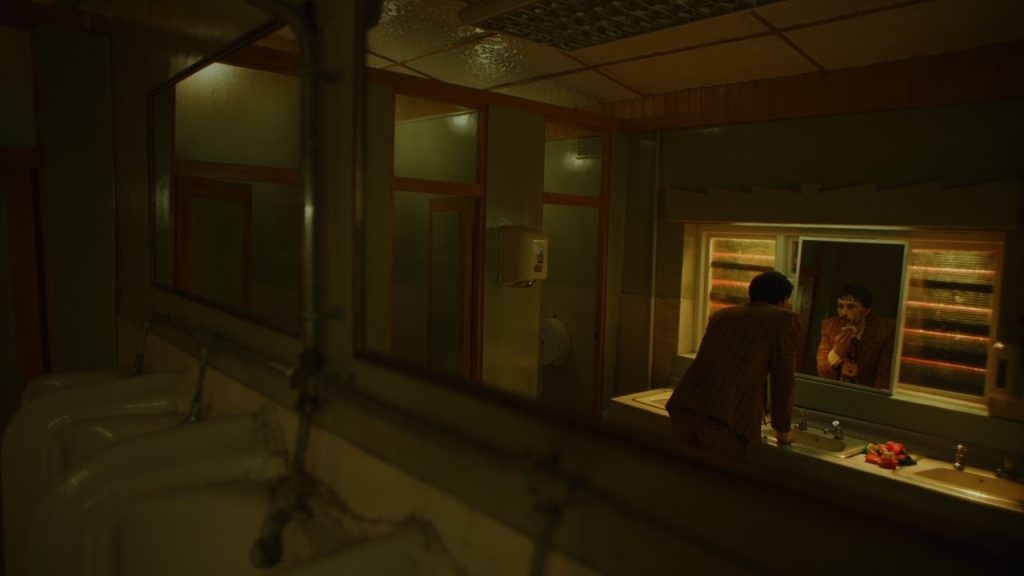
“During the scene where Darren is doing the phoenix dance, we wanted the light to enhance the transition from being sober into the LSD kicking in and gradually leading to Donny’s panic moment when he runs to try to escape the apartment. We wanted the light to be pulsing and blending, showing that there is something going on,” says the cinematographer. “We removed the ceiling, installed a big rig with Astera Hyperions and did some colour shifting. The lighting starts neutral, then as you track forward to his face, the light shifts to red and starts to move around the room. I think it’s subtle, so you don’t pick it up, but it creates this immersive feeling without going overboard.”
He didn’t want to fall into the trap of drug-taking scenes being filmed too literally. “We always wanted to be with Donnie with the camera and express what he’s feeling without going overboard and without this becoming overly noticeable.”
The biggest logistical challenge for Trojnar was filming on the estate where Martha lives. “The way that Weronika likes to work is that she will often want to see a wide shot then the camera pushes to him for a close-up,” he explains. “Which is something you don’t really want to hear all the time on a TV schedule! On that particular day, we couldn’t bring one big source on a cherry picker because it was all built-up around. So, we had to put lights on roofs, but then it was raining and we lost all connection with the lights.”
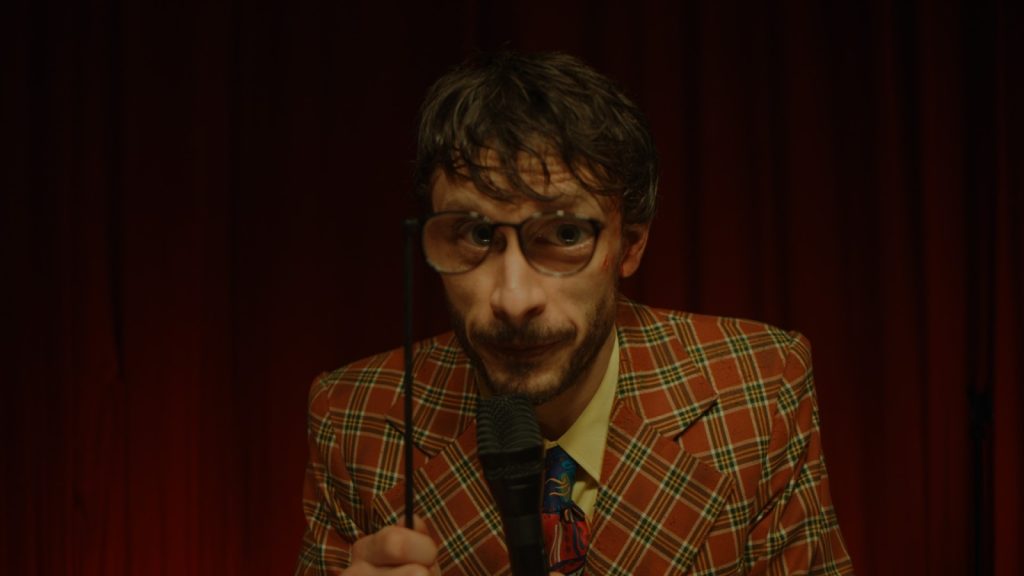
In the grade, working with Company 3 colourist Simon Bourne, Trojnar wanted to keep the visuals as gritty and naturalistic as possible. The aim was to not make Donny’s story look overly aesthetic. “There’s nothing pretty about the show,” he says. “I don’t like looking at things and seeing the grade – I think you notice that a lot in television. We wanted Baby Reindeer to feel like you can look at the image and not think that it’s been graded.”
Following his work on 1899 and now Baby Reindeer, Trojnar has learned that when working on a fast-paced TV show, it’s incredibly important to have a tight workflow and to protect that process. Working with Trofilska was an incredible experience. “It’s a great collaborative process when you’re working with someone with a vision but who also trusts your end of the spectrum. Despite the intensity of the process, it was the most rewarding collaboration.”
He adds: “What I love about this show is that it has so much psychological authenticity. The biggest draw for me is that there’s a lot of truth and honesty about human nature – and its flaws.”
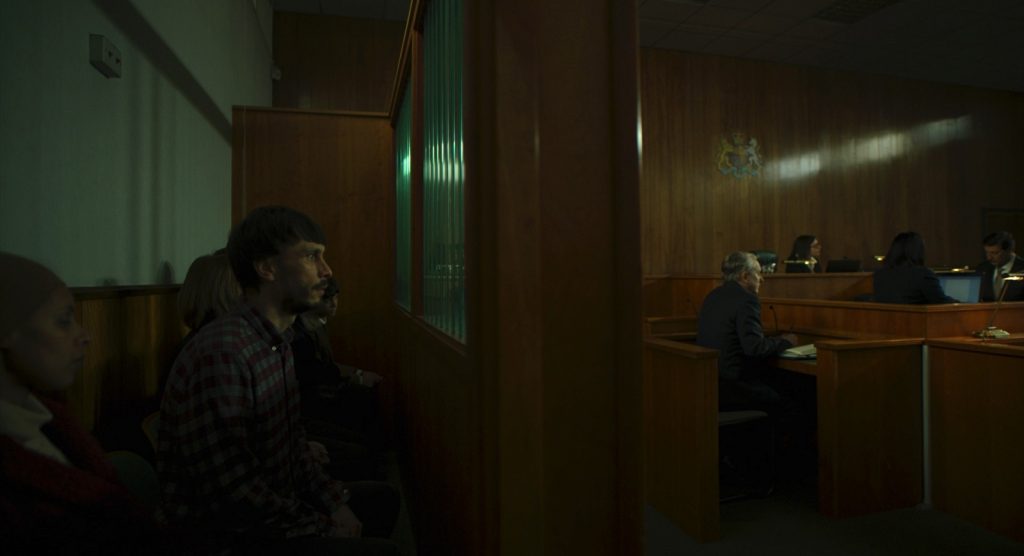
Passing the baton
Like Trojnar, block two cinematographer Annika Summerson BSC (Wedding Season, Mogul Mowgli, Censor), and her director, Josephine Bornebusch, are compatriots. Bornebusch, a well-known actor in her native Sweden, was a dream collaborator for Summerson, and they immediately hit it off at their first meeting, over a coffee in London’s Green Lanes. “We have the same type of humour and same cultural reference points,” Summerson says.
The DP had worked with Richard Gadd twice before, including on Disney’s Wedding Season. “He told me he’d written a script about his life and that Netflix had picked it up, and he was going to send it me,” she remembers. That script was, of course, Baby Reindeer, although sadly Summerson was busy shooting a feature when filming began.
“100%, I did not see that coming!” She says of the show’s success. “I had no idea it was going to blow up like that.”
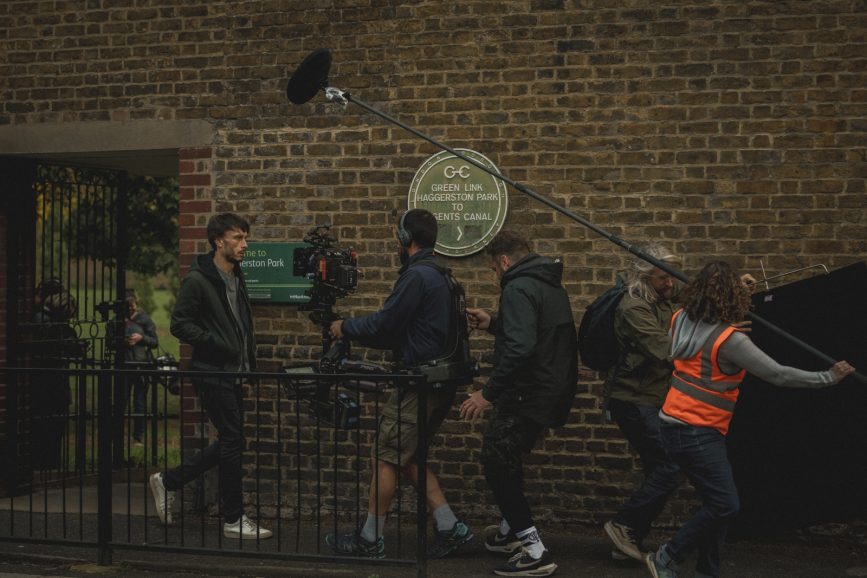
Tasked with crafting the visual language for episodes five, six and seven, Summerson’s main challenge was keeping the look consistent. She had the same camera package as Trojnar and most of the same crew. “We tried to decipher the style that Krzysztof had set and be true to that. We worked a lot with transitions in camera. We worked with transitions in movement but also in lighting, and I wanted to do as much in camera as possible.”
The biggest set piece in Summerson’s episodes was the traumatic monologue at the end of episode six. Donny is competing in a comedy competition but when a joke fails to land, he breaks down on stage. The team shot at the iconic Rivoli Ballroom in London with a three-camera setup. “His monologue kept getting longer and longer – I think our takes were up to 18 minutes at one point,” she recalls. There’s only so many times we could ask Richard to do something that emotional, so I think almost all of the shots in the cut are taken from the first or second take.”
Another National Film and Television School alumna, one of Summerson’s favourite shots involved a contra zoom technique ‘borrowed’ from her former tutor. Sadly, it did not make the final cut. “We did quite an elaborate stunt that we based on Trainspotting – a moving bed that we stole from Brian Tufano. We attach the bed to the dolly, and we also attach a window, the blinds and the light to the dolly. Our production designer Debbie Burton extended the set, so we remove the back wall. Then we track the dolly back with the bed, the window and the lights, and so it feels like the room keeps going. It was a really fun shot to try to work out technically.”
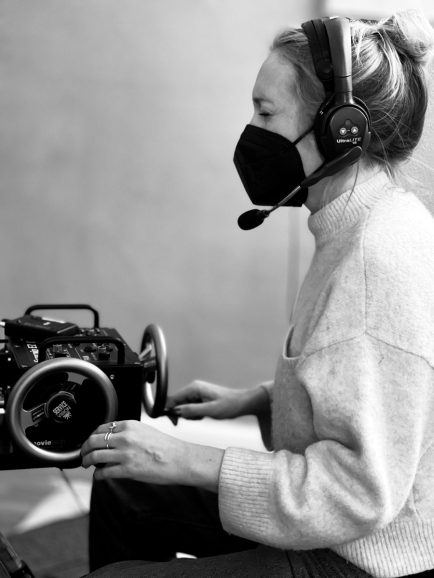
Helping Summerson pull off the shot – and an important member of the crew in general – was key grip Llewellyn Harrison. At the end of episode six, viewers will have noticed a tribute to Harrison, a beloved industry stalwart whose work included The Marvels and Top Boy, as he passed away in February 2024.
“I loved working with him,” says Summerson. “He was technically very talented, always up for coming with fun solutions and had such a friendly and kind personality. He was a very lovable man and he’s sorely missed by many.”
Trojnar notes: “Llewellyn was an incredible key grip whose dedication to every camera setup and unwavering positive spirit made the set of Baby Reindeer a better place. His hard work and cheerful presence will be dearly missed by all who had the privilege to work with him.”
